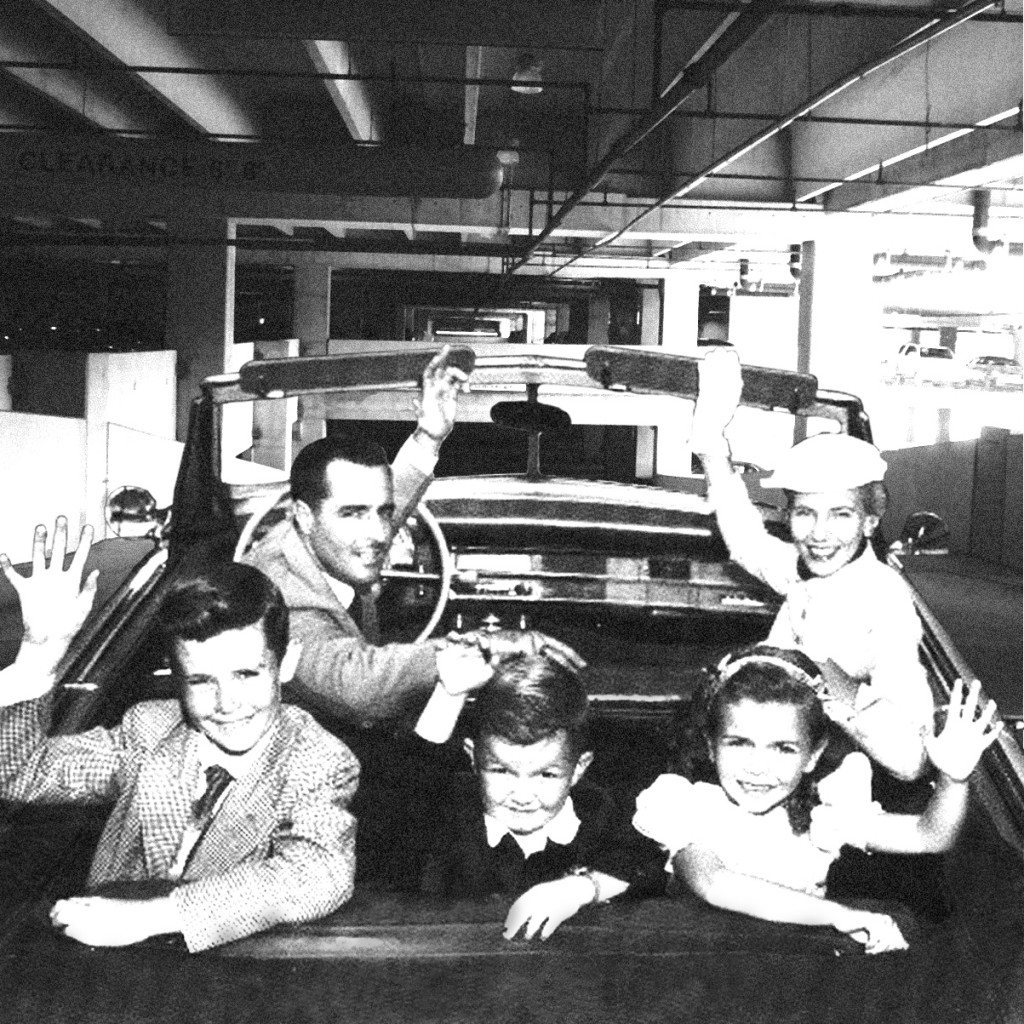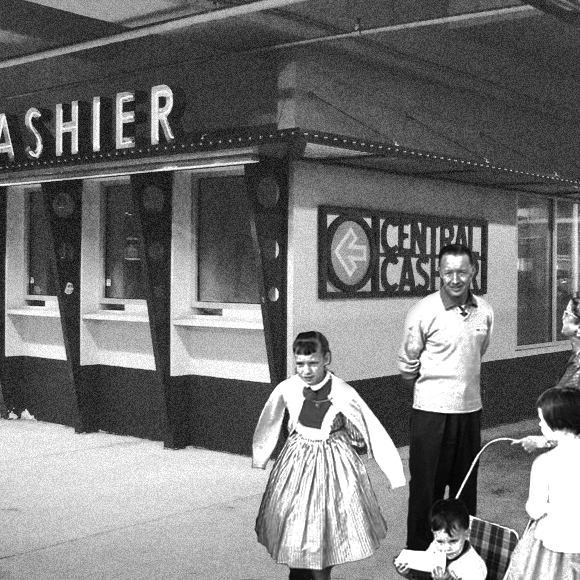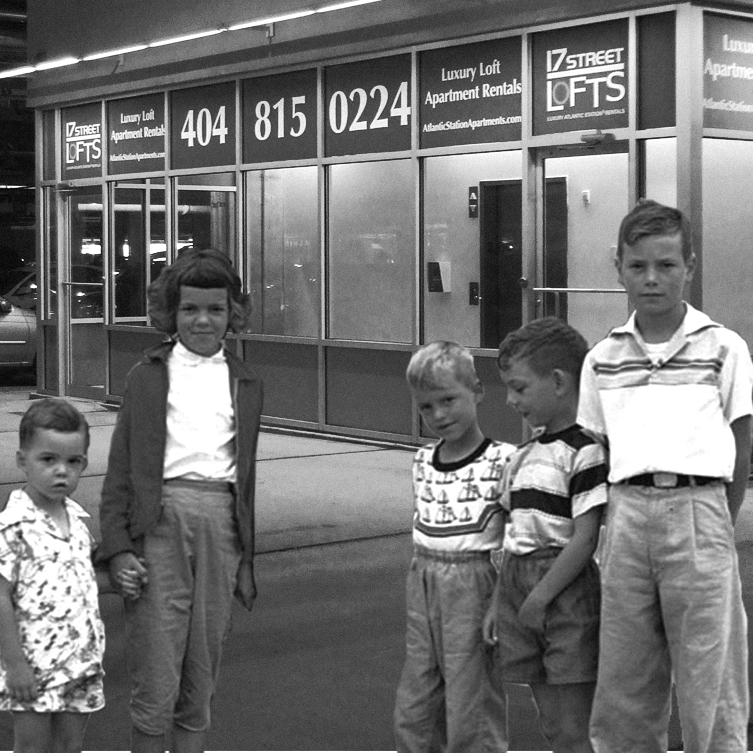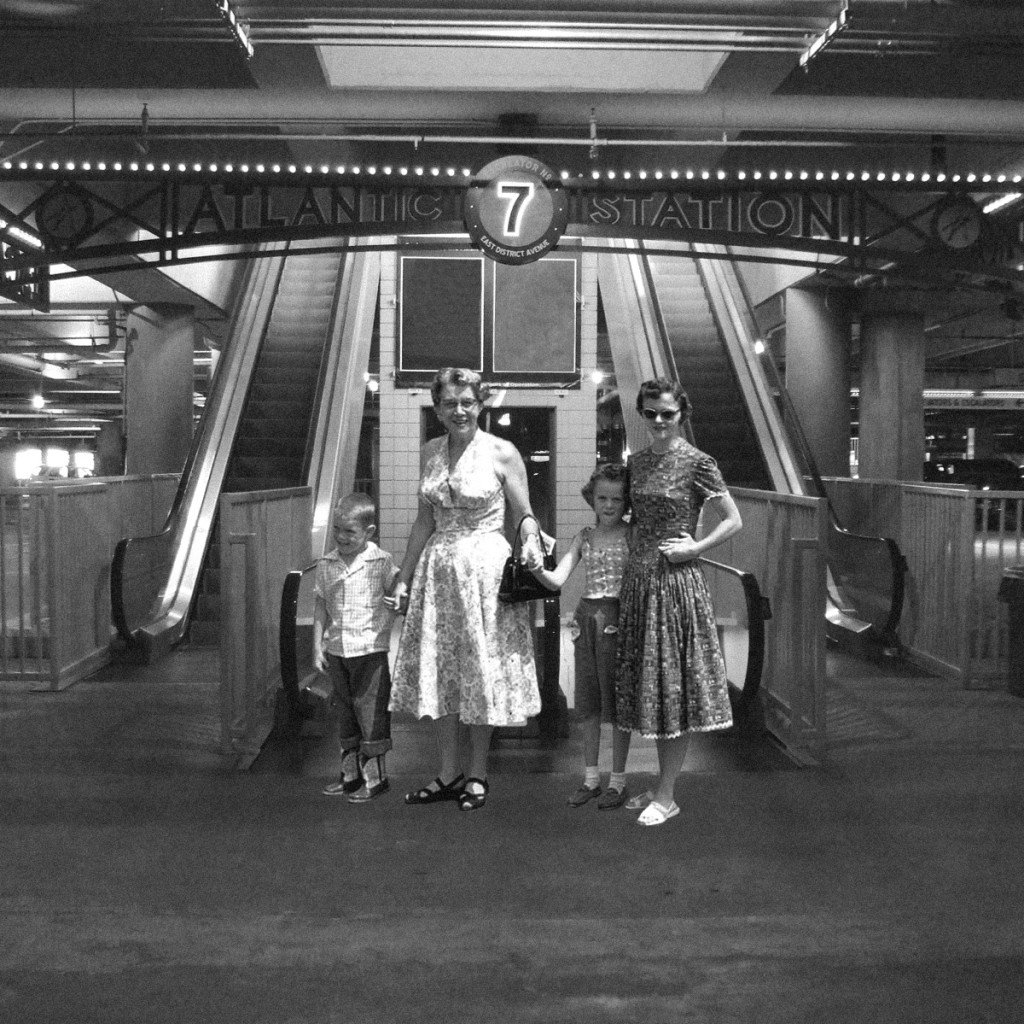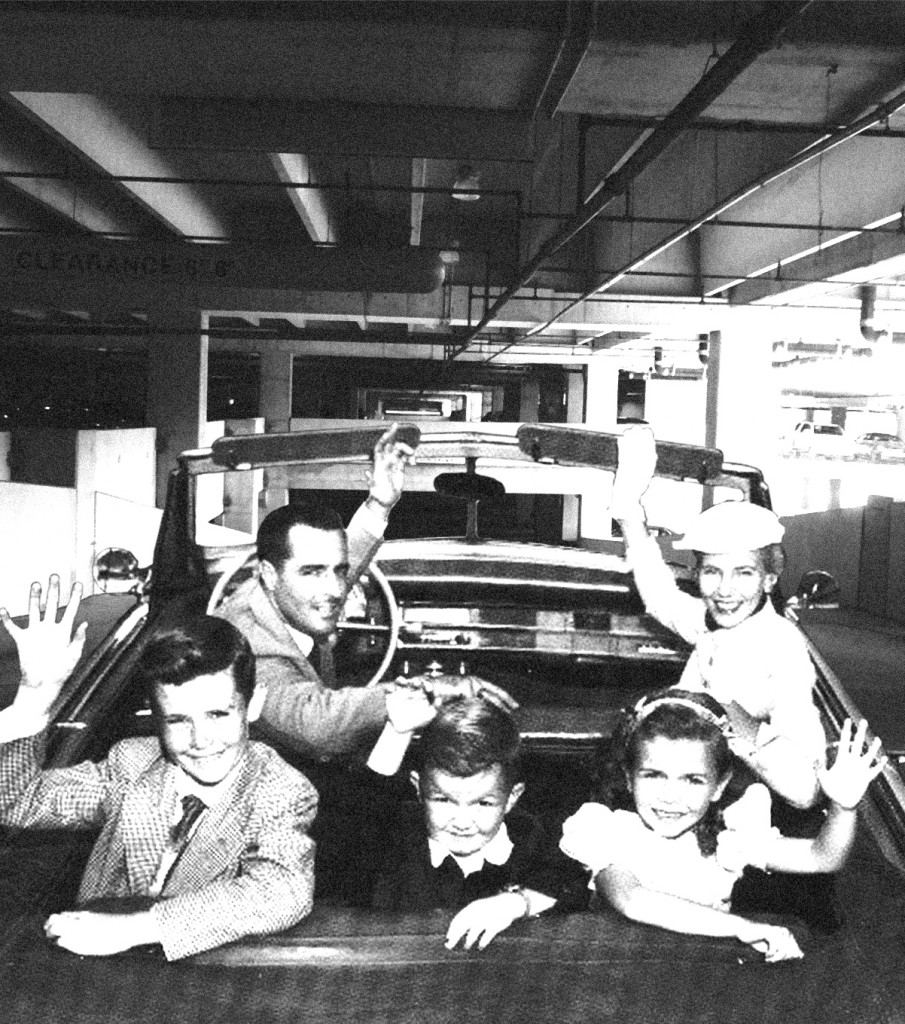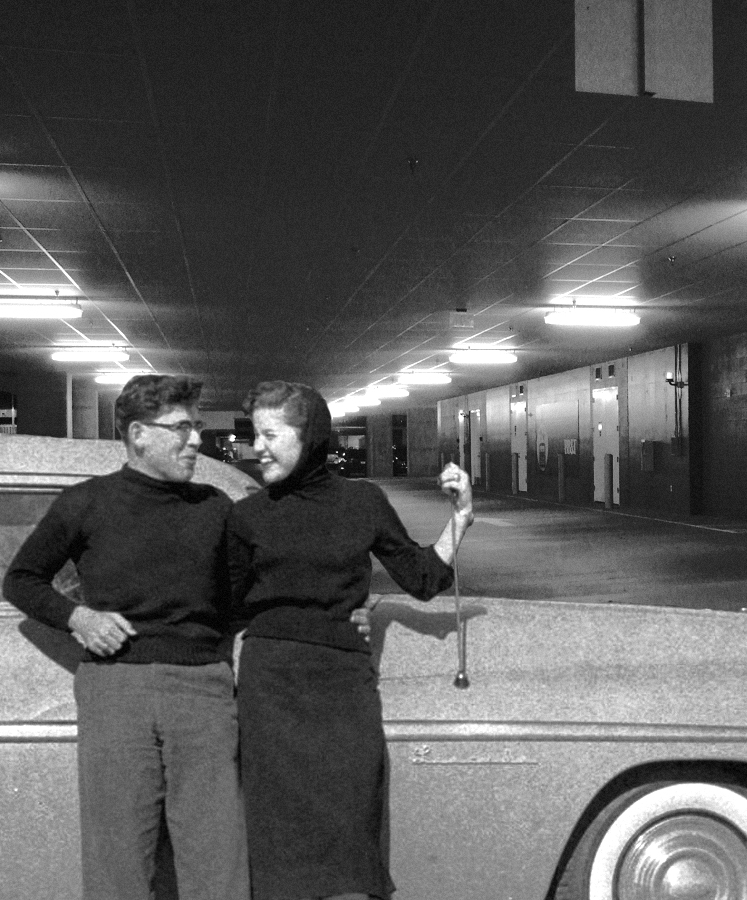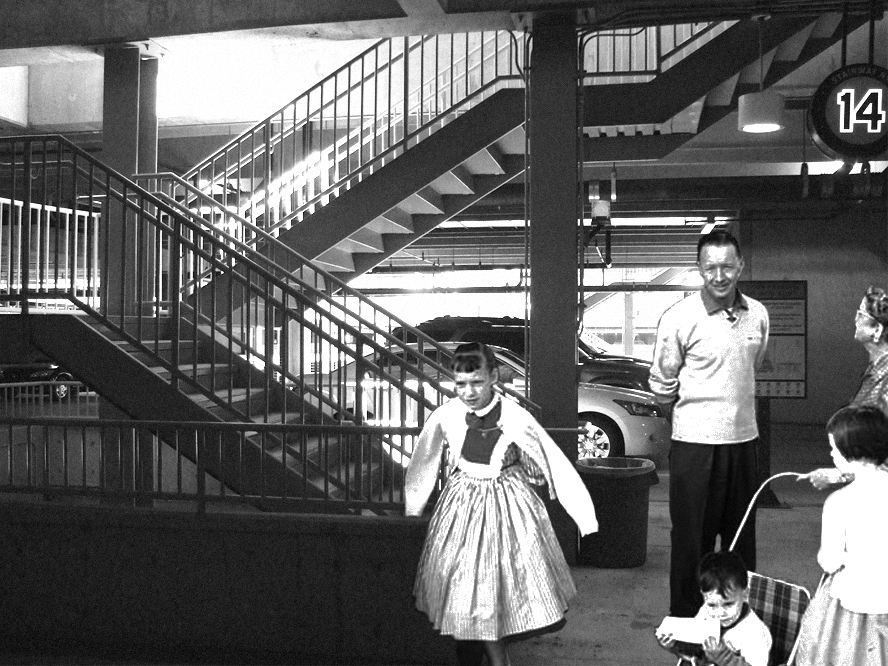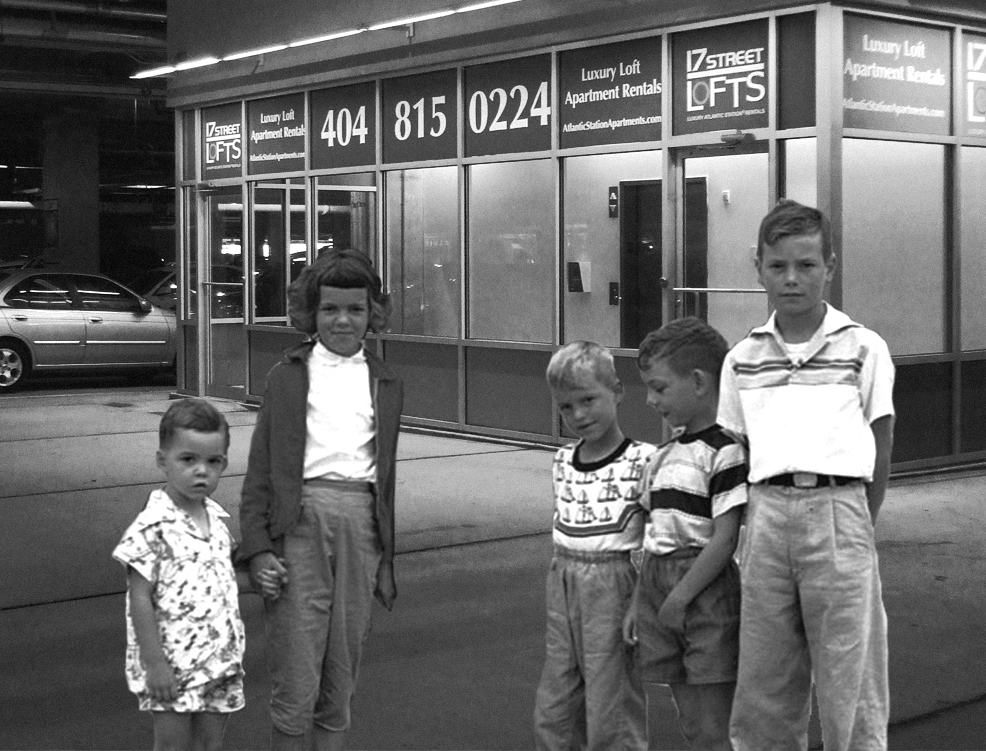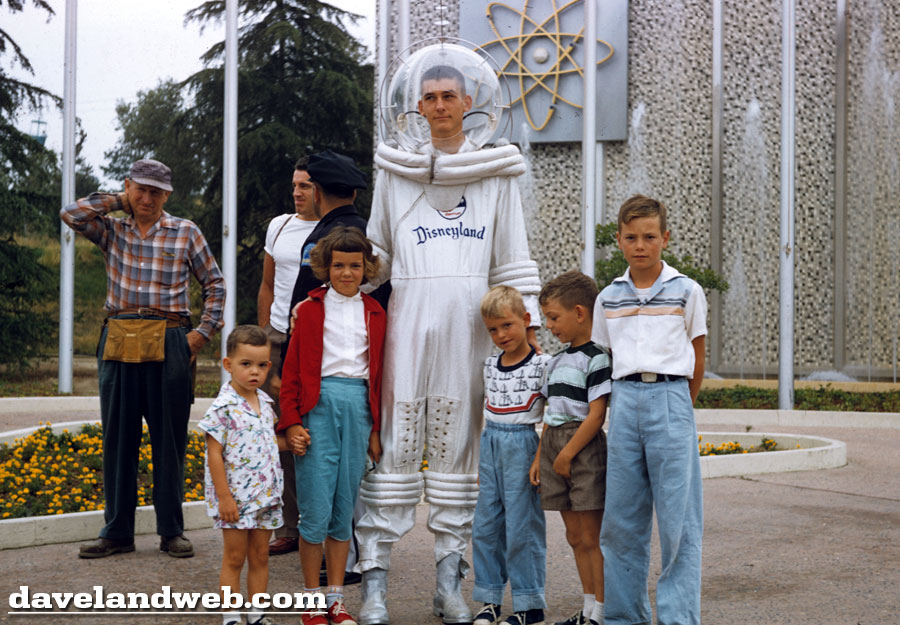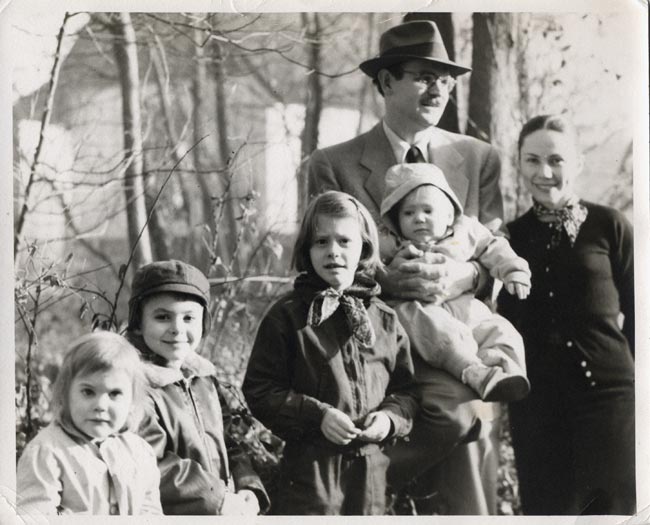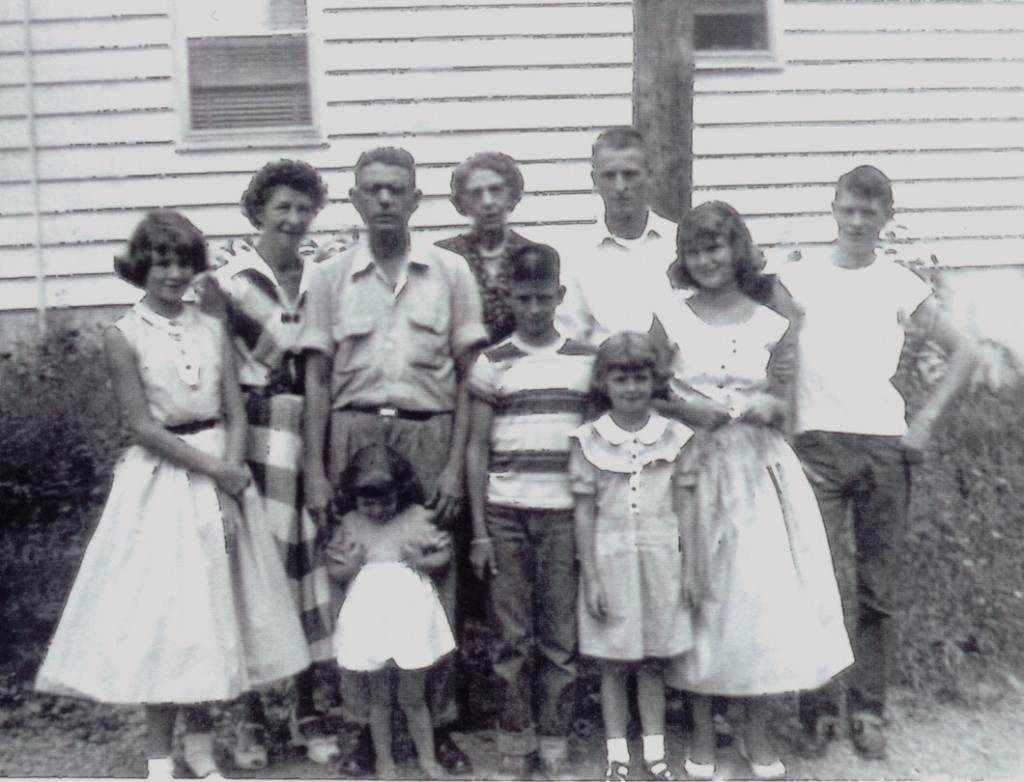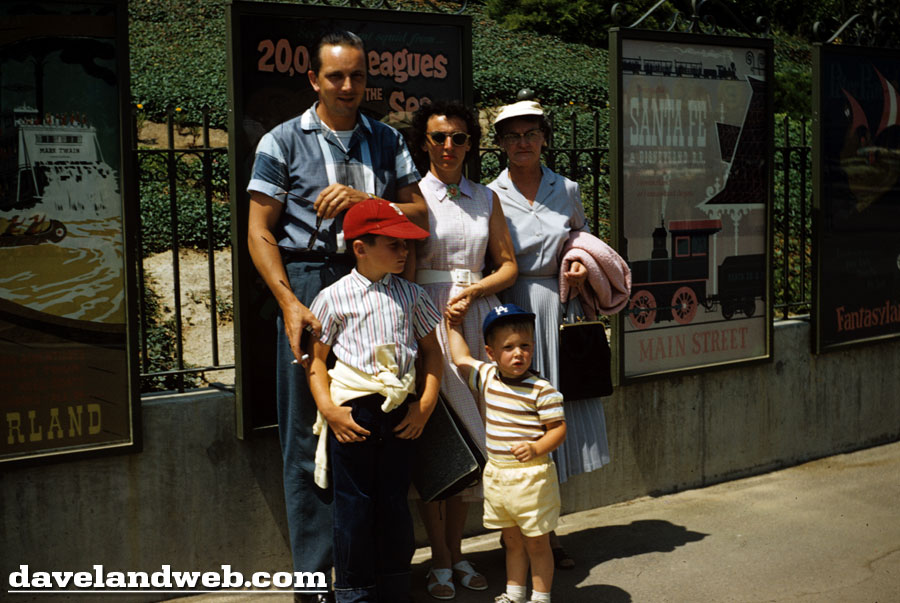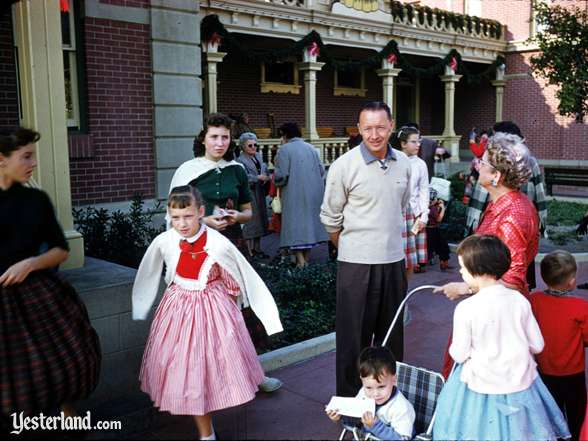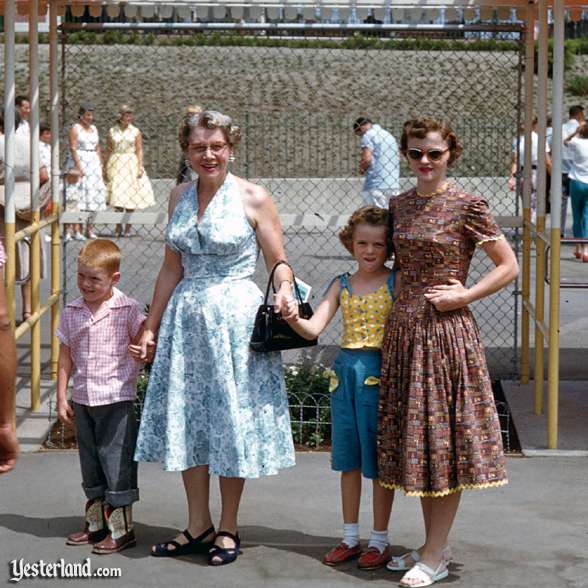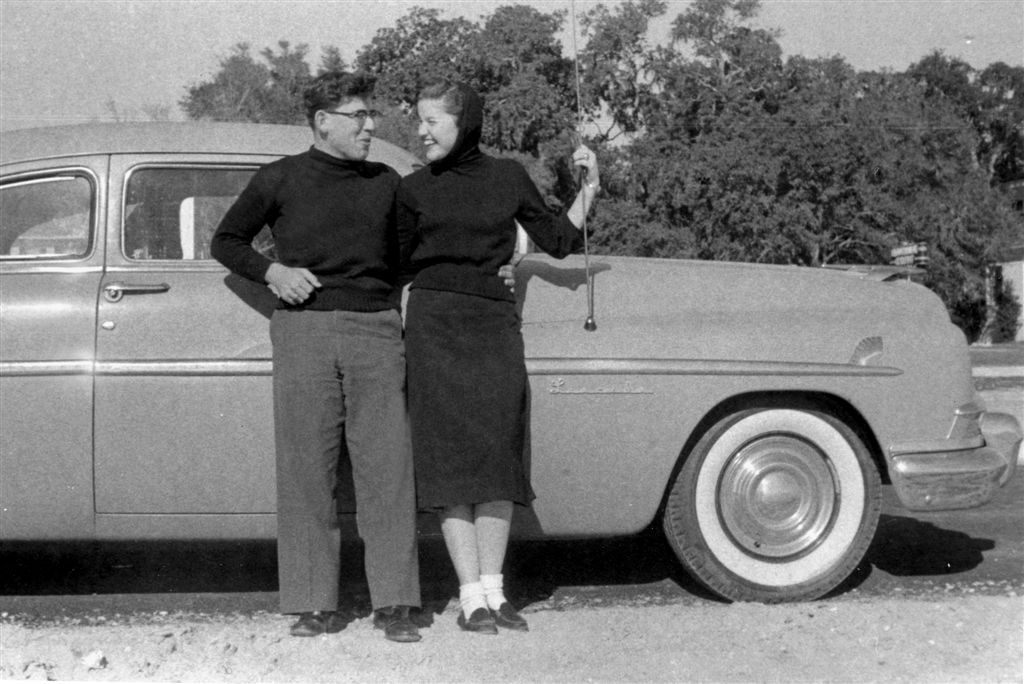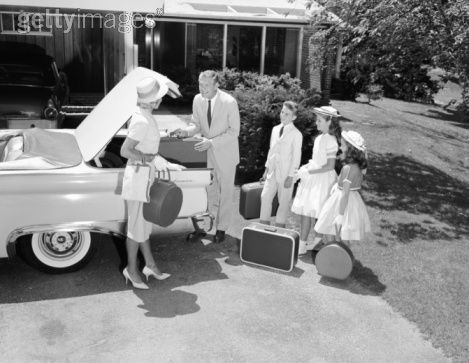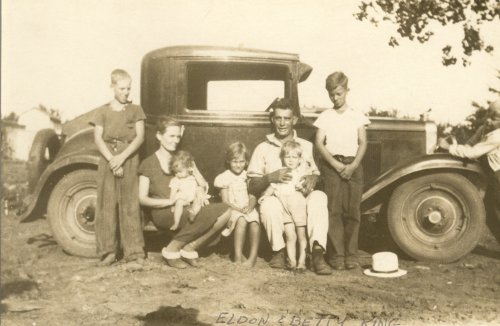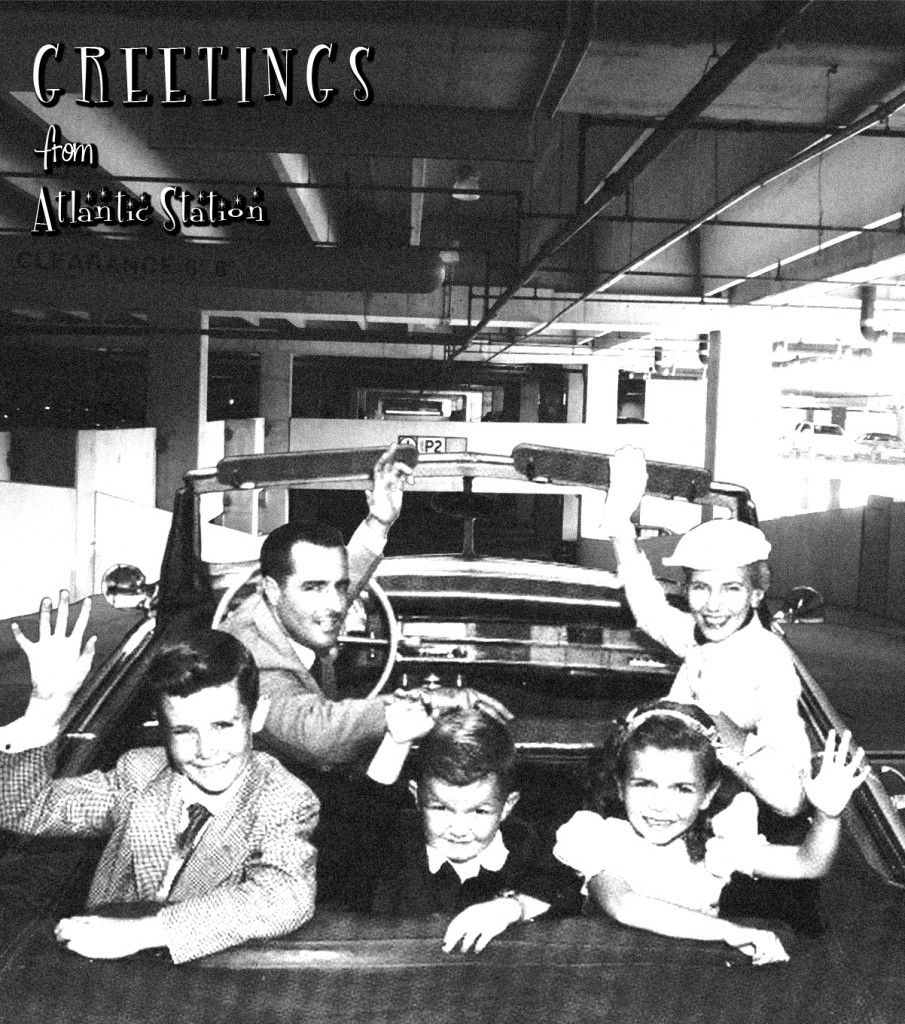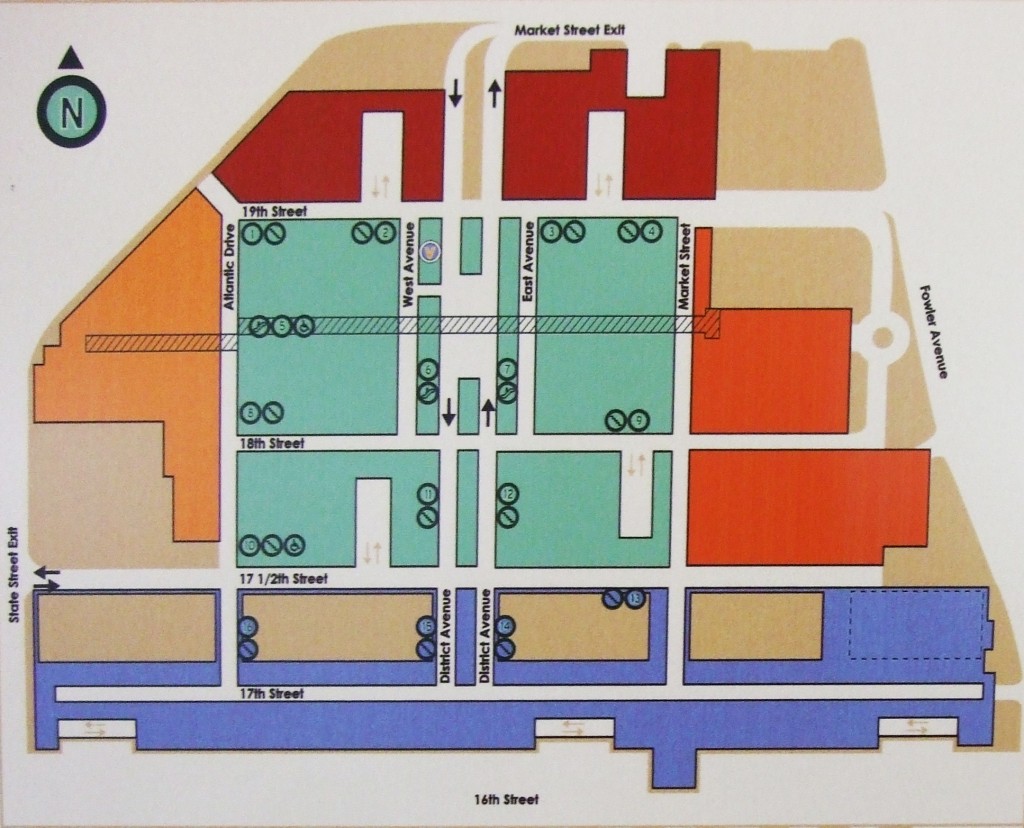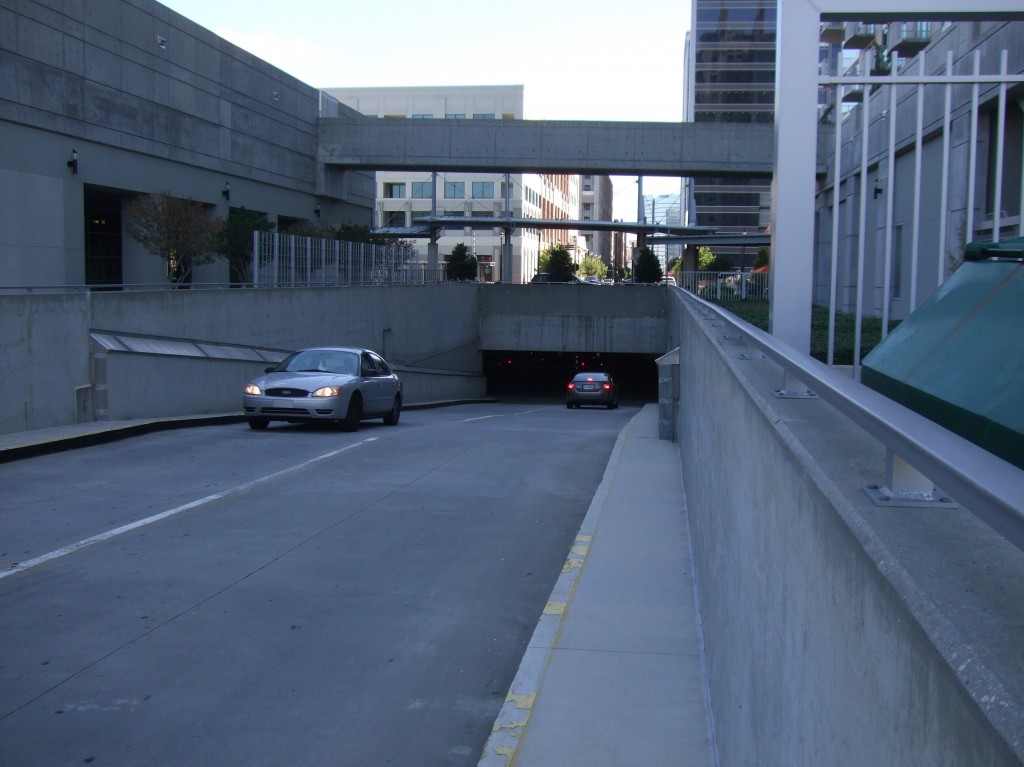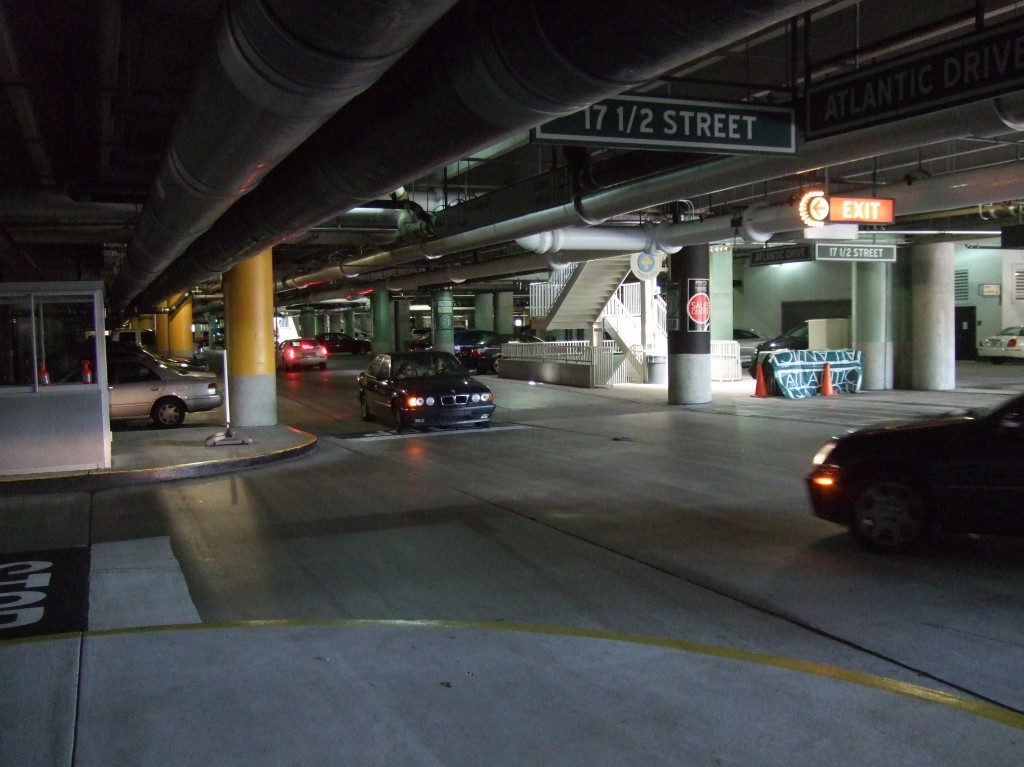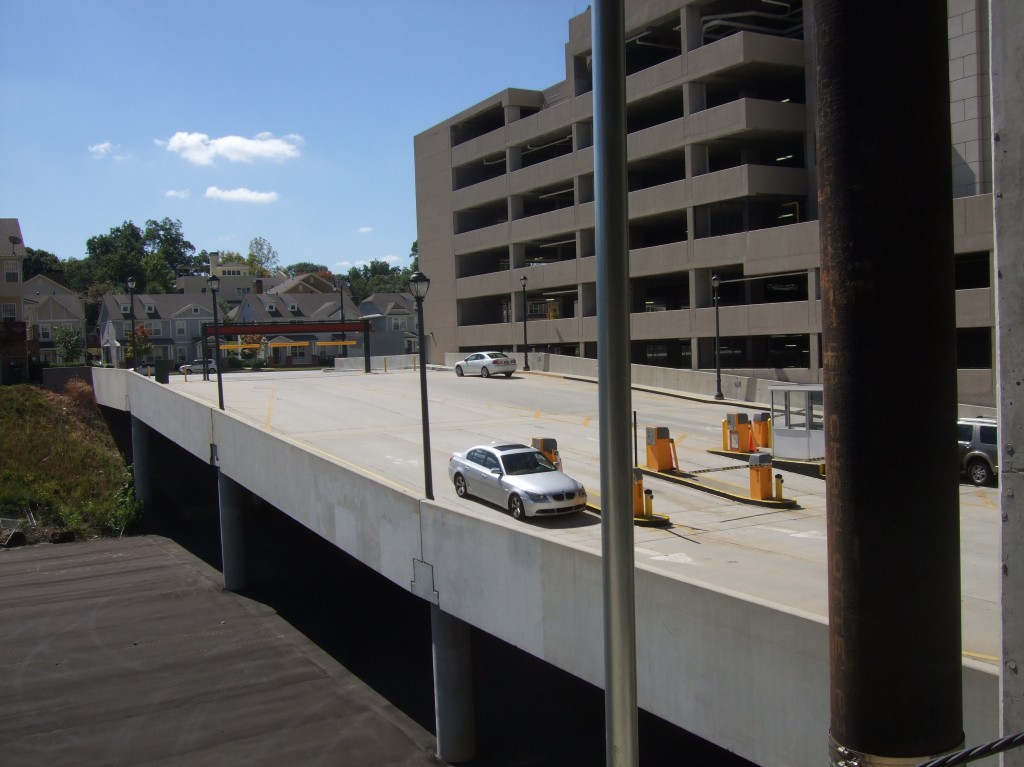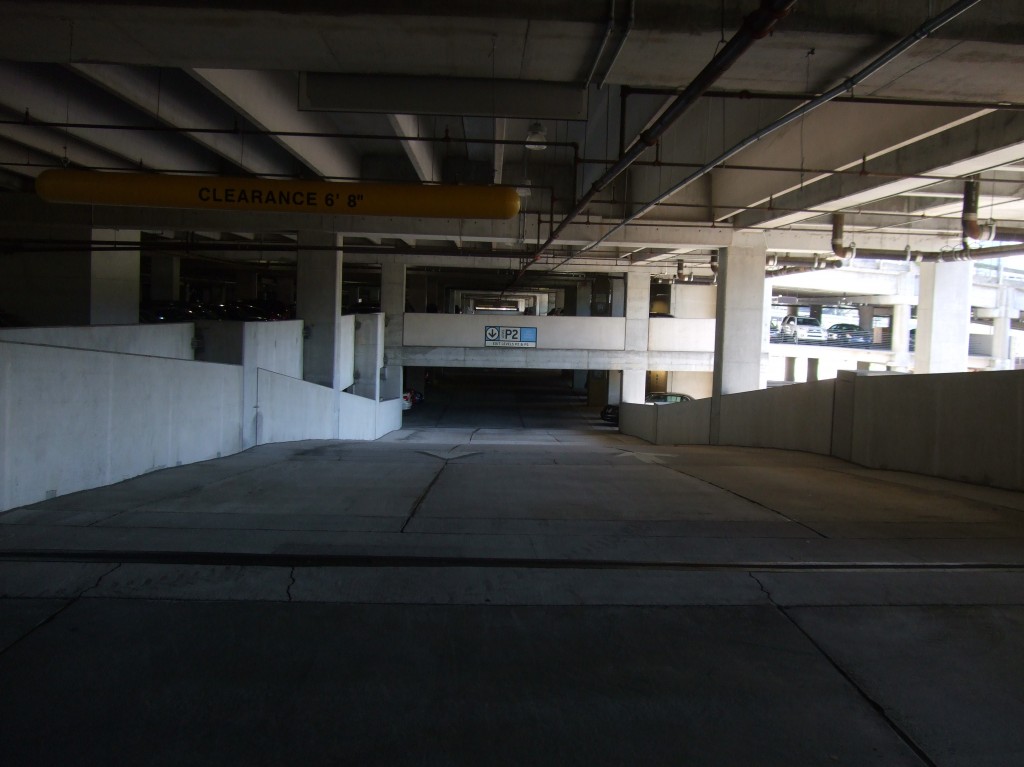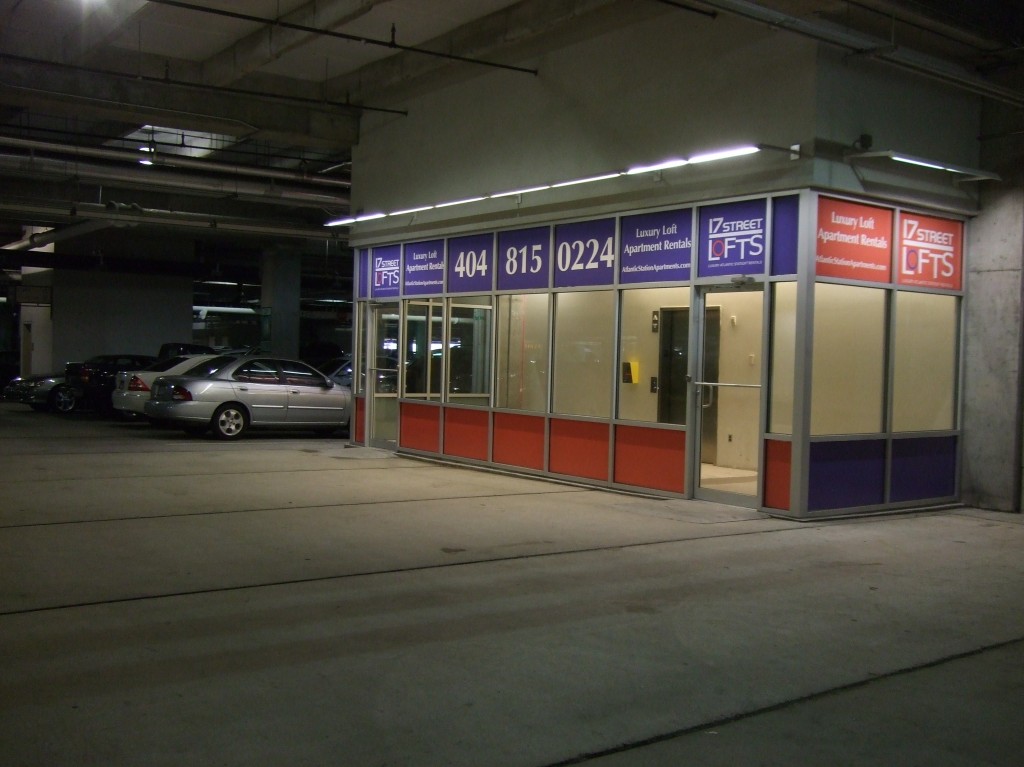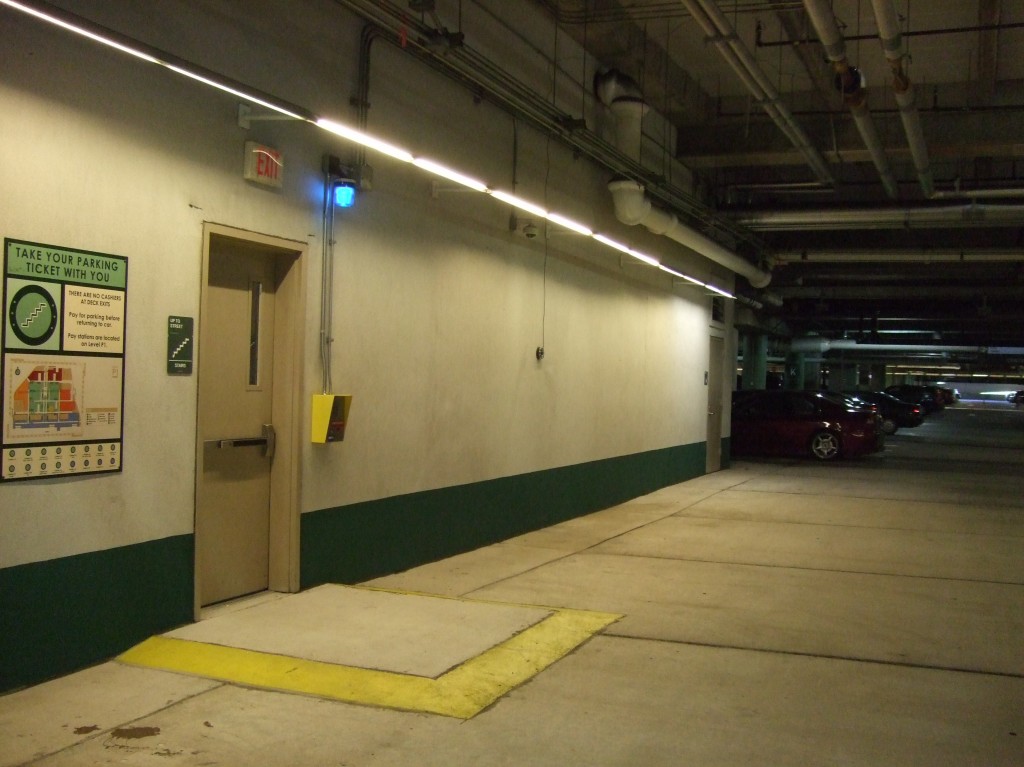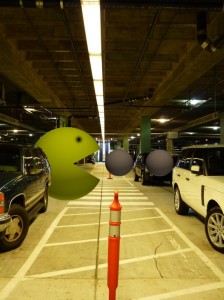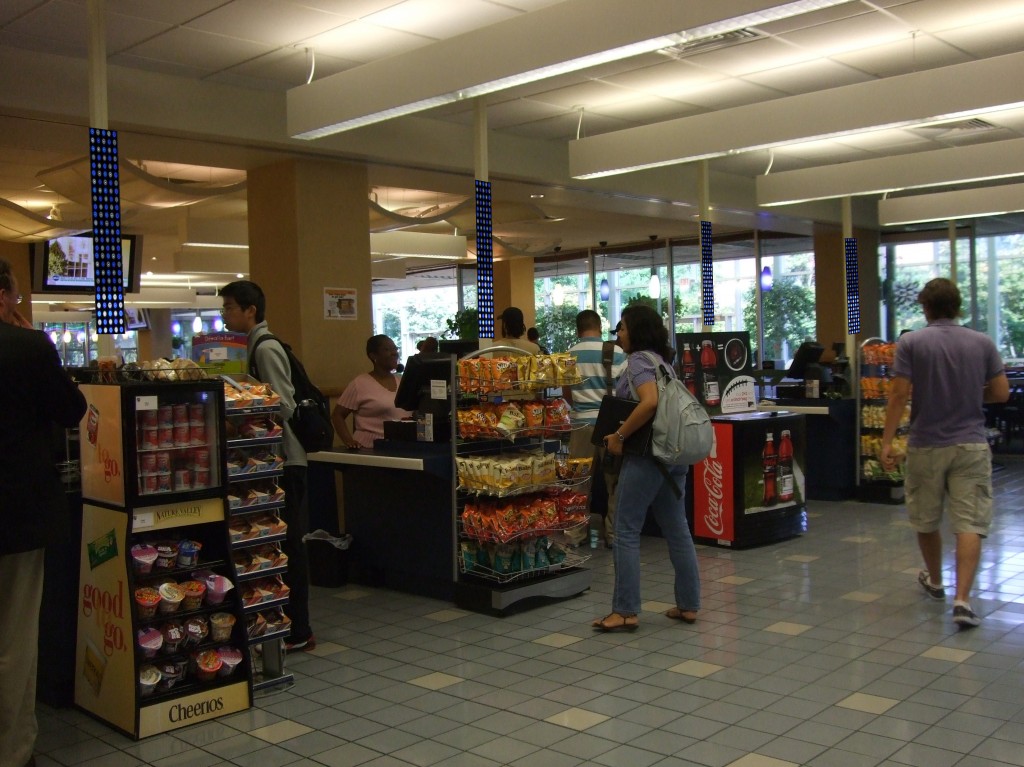Flux Craft: Circuit Bend by Numbers
Tuesday, February 7th, 2012For my submission, I want to explore the somewhat inexact craft/practice of circuit bending. Circuit bending is a process by which anybody can open up a simple noise-making circuit (as in a child’s toy), and begin playing with it to make new noises. A lot of the process of circuit bending is about experimentation and playing with the circuit in a manner the is both fearless and exploratory. In practice, circuit bending can do a lot to make the physicality of a circuit real. Those who see all machine and computer inner workings as a black box guided by mystical electronic forces may learn a lot through a simple act like placing your finger on a circuit board and changing the pitch of the resulting sound.
I propose a sort of bend-by numbers approach to a circuit bending station for Flux. Here, any number of pre-opened toys will be arranged on a table. Each toy will have its circuit exposed and come with things like alligator clips, potentiometers, switches, and resistors. Depending on the nature of each toy, some may have a few wires pre-soldered to them if it enables an easier or more enjoyable experience in bending for the participants. Each circuit will be labeled or marked in some way with either some permanent marker or colored electrical tape. These markings will indicate places to attach alligator clips, or a pontentiometer, or to rub your finger over. Each will hopefully result in the creation of a sound since these spots will be pre-determined in the first place.





